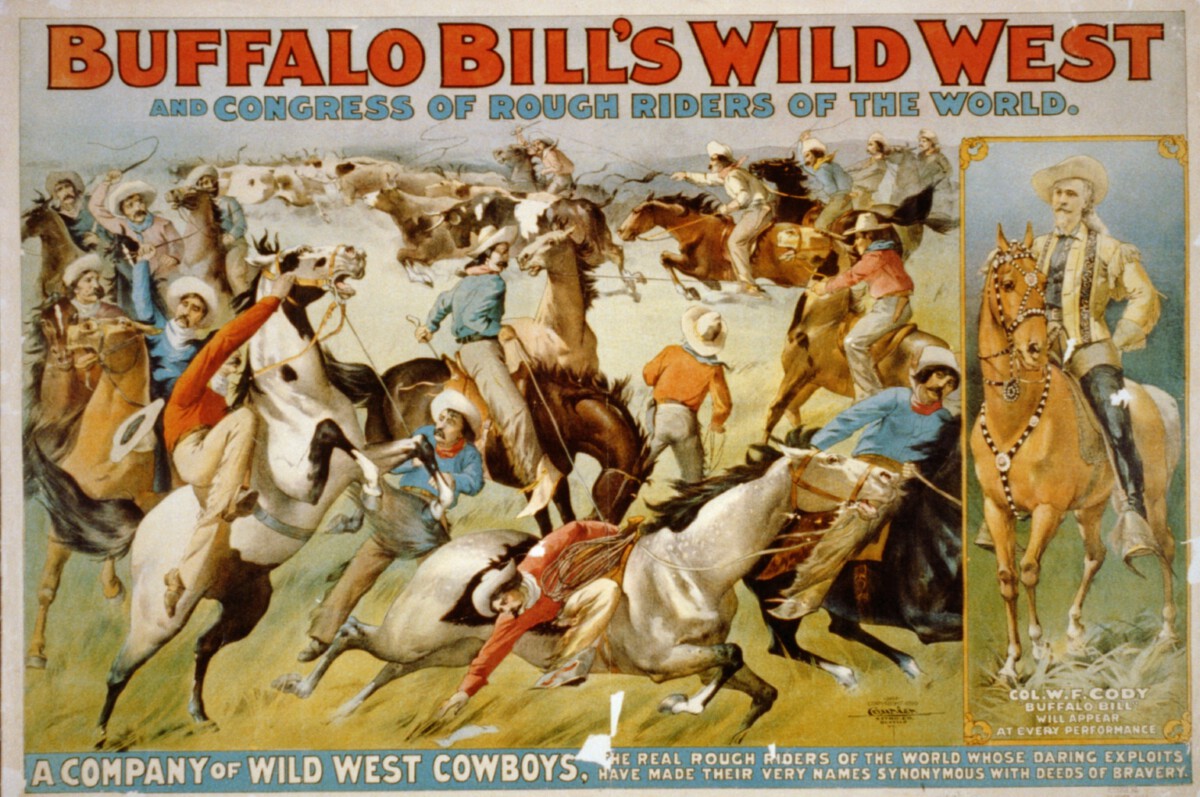The Wild West is often depicted as a land of lawlessness, duels at high noon, and relentless cowboys pursuing justice or revenge. However, the Hollywood portrayal of this iconic era has often been more myth than reality. The real story behind the Wild West offers a vastly different narrative that deserves our attention. Let’s take a closer look at the intriguing truths that Hollywood has missed.
The Myth of the Gunslinger

When we think of the Wild West, the image of a lone gunslinger, quick on the draw and ready to face any challenger, often comes to mind. Hollywood has romanticized these figures, turning them into legendary heroes or villains. However, in reality, gunfights were not as common as movies suggest. The infamous “showdowns” were rare occurrences. Most towns had strict gun control regulations, and citizens were generally law-abiding. The myth of the gunslinger is more a product of fiction than fact.
Settlers and Pioneers: A Diverse Bunch

The portrayal of settlers and pioneers as predominantly white is another Hollywood misrepresentation. The reality was far more diverse. People from various backgrounds, including African Americans, Native Americans, Asians, and Hispanics, played significant roles in shaping the West. These communities contributed to the rich tapestry of cultures and traditions that were integral to the region’s development. The Wild West was a melting pot of ethnicities, each adding to its vibrant history.
Women of the Wild West

Hollywood often relegates women in the Wild West to the sidelines, portraying them as damsels in distress or secondary characters. In truth, women played pivotal roles in the development of Western society. They were ranchers, business owners, and even outlaws. Women like Calamity Jane and Annie Oakley defied societal norms and became legends in their own right. Their contributions were crucial to the survival and prosperity of their communities.
The Reality of Law and Order

Contrary to popular belief, the Wild West was not a lawless frontier. Many towns had established law enforcement agencies and legal systems. Sheriffs and marshals worked tirelessly to maintain peace, often facing tremendous challenges. While some areas experienced periods of violence and disorder, most communities were relatively peaceful and orderly. The depiction of the Wild West as a chaotic and ungoverned territory is a Hollywood exaggeration.
The Gold Rush: More Than Just Prospecting

The California Gold Rush is often depicted as a time of frenzied gold hunting and overnight fortunes. While there were indeed stories of sudden wealth, the reality was far more complex. Many prospectors faced hardships and returned home empty-handed. The Gold Rush also led to significant environmental changes and conflicts with Native American tribes. It was a transformative period that reshaped the landscape and had long-lasting effects on the region.
Native American Struggles

The portrayal of Native Americans in Western films has often been problematic, depicting them as either noble savages or ruthless adversaries. In reality, Native American tribes were diverse, with rich cultures and histories. They faced tremendous challenges as settlers encroached on their lands. The true story of the Wild West includes the struggles and resilience of Native American communities as they fought to preserve their way of life.
The Role of Railroads

Railroads played a crucial role in the expansion and development of the West. Hollywood often glosses over the significance of this infrastructure. Railroads connected distant towns, facilitated trade, and boosted economic growth. They also brought new settlers and opportunities, transforming isolated communities into thriving hubs. The impact of the railroad on the Wild West was profound and far-reaching.
Buffalo Bill and the Wild West Shows

Buffalo Bill Cody’s Wild West shows were a popular form of entertainment in the late 19th century. These shows played a significant role in shaping the myth of the Wild West. They featured reenactments of famous battles, sharpshooting exhibitions, and displays of horsemanship. While entertaining, these shows often presented a romanticized and inaccurate version of history. Buffalo Bill’s legacy is a testament to the power of entertainment in shaping public perception.
The Environmental Impact

The rapid expansion and settlement of the West had significant environmental consequences. Deforestation, overgrazing, and mining activities altered the landscape. The depletion of natural resources and the displacement of wildlife were pressing issues. The environmental impact of this era is an often-overlooked aspect of the Wild West story, overshadowed by tales of adventure and conquest.
The End of an Era

The Wild West era gradually came to an end with the closing of the frontier in the early 20th century. The expansion of railroads, the establishment of statehood, and the enforcement of law and order contributed to the transformation of the region. The romanticized image of the Wild West lives on in popular culture, but the reality was a complex and multifaceted chapter in American history. The true story of the Wild West reveals a rich tapestry of human experience, far removed from Hollywood’s simplistic narratives.


